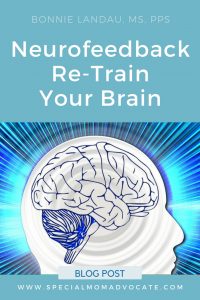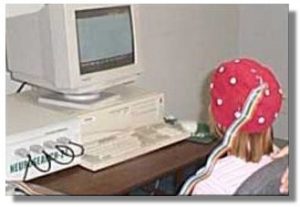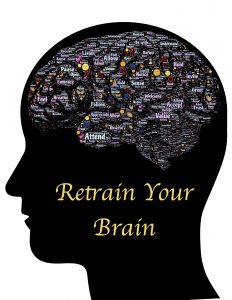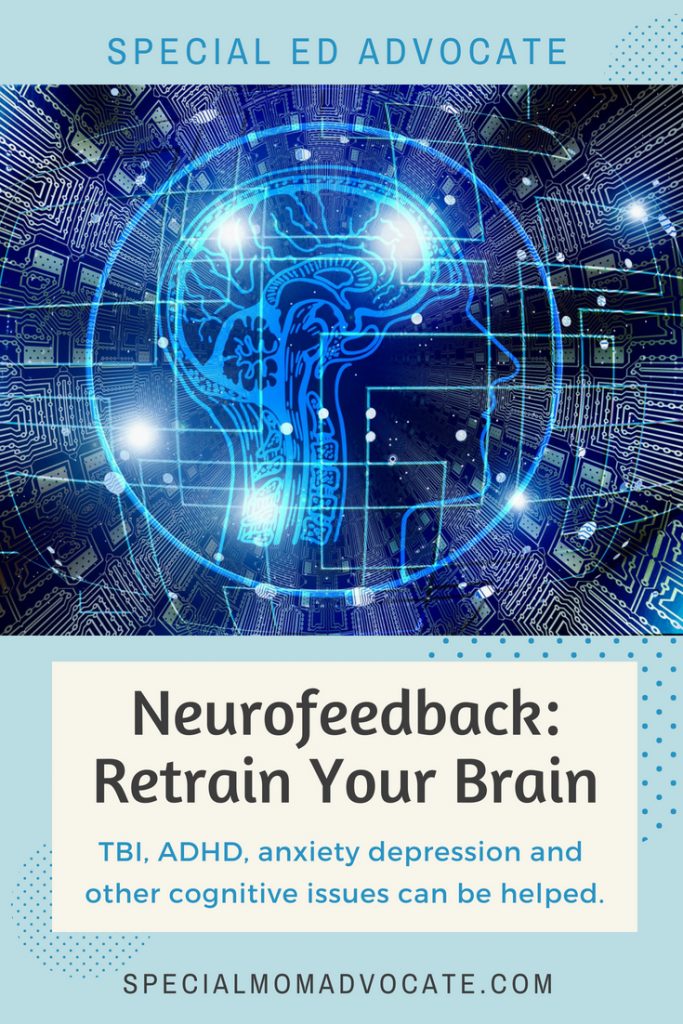 After 15 months of neurofeedback I asked my son what was the best thing he got out of it. “I don’t have to move my body if I don’t want to,” was his reply. Before neurofeedback he couldn’t sit still for even 10 seconds. He was in constant motion. He also couldn’t focus on schoolwork or homework. He had goals to try and focus for a full minute, but he couldn’t reach them. He also had severe auditory processing disorder. Neurofeedback changed all of that.
After 15 months of neurofeedback I asked my son what was the best thing he got out of it. “I don’t have to move my body if I don’t want to,” was his reply. Before neurofeedback he couldn’t sit still for even 10 seconds. He was in constant motion. He also couldn’t focus on schoolwork or homework. He had goals to try and focus for a full minute, but he couldn’t reach them. He also had severe auditory processing disorder. Neurofeedback changed all of that.
Neurofeedback is basically retraining the brainwaves to perform properly. The person has brainwave electrodes on their head, and it measures their brainwave activity. The person then looks at a computer screen that evokes certain brainwave patterns if the person concentrates on it. When the right brainwave is made by the person, it is recognized with a sound. The person then learns how to focus in order the elicit the right response. The more they do it, the easier it is to get the right brainwave activity. Over time, the brain adapts to the new patterns, and eventually the new patterns stay permanently.
 I think this is one of the best therapies for TBI (traumatic brain injury) and mood disorders. The US military uses it to treat TBI and PTSD (post traumatic stress disorder), so there is some headway in using it for general public.
I think this is one of the best therapies for TBI (traumatic brain injury) and mood disorders. The US military uses it to treat TBI and PTSD (post traumatic stress disorder), so there is some headway in using it for general public.
It should start with a QEEG brain map!
Starting with a QEEG brain map is really crucial to a successful neurofeedback treatment. Many providers do not use this tool, and literally they are stabbing in the dark if they do not. Our son’s case is a perfect example that explains why. When he first went in he qualified for a severe ADHD diagnosis. He couldn’t even sit still to do the QEEG brain map — not even for 10 seconds. He just HAD to move all the time. His attention in school was pretty much nonexistent.
After doing the brain map we learned he had extremely high beta wave (thinking brainwaves) activity. He also had very low theta waves (just-before-you-go-to-sleep waves). A person with ADHD is the opposite. They tend to have very high theta waves which makes them drowsy, so they move to stay awake. They also tend to have low beta wave activity, which is why stimulants help.
If we had done neurofeedback without a QEEG brain map, they would have treated him as if he had ADHD. That means they would have dampened his theta waves and worked to increase the beta waves. It would have been a disaster and made everything worse, and even scarier, it could have triggered seizures.
So it’s really critical to find a provider who starts with the QEEG brain map.
Won’t the person regress if you stop the therapy?

Our son did not regress after we stopped it. We did it for 15 months though, so he did have extended therapy. There is an area at the top of his brain where he has very high beta wave activity, and after 60 sessions they could not get it to improve, so we decided to take a break. That area at the top of the brain causes OCD-like behavior and emotional impulse control. Two years later we went back and he did another 5 months of neurofeedback, and that fixed the area on the top of the brain.
As it was explained to me, if the person stops too soon, they will revert to old brain patterns. If the doctor says they don’t need more, and they subsequently relapse, then I would say the person you are going to isn’t placing the electrodes properly; OR they need to do more sessions in the same area in order to make it stick. And note, it is very normal to see regression when sessions first begin working on a specific area. This happens with most therapies and it’s actually a sign the brain is healing. But once you pass that rough patch and see improvement, it should be permanent improvement.
Will insurance pay for Neurofeedback?
Unfortunately most insurance companies will not pay for neurofeedback because it is still considered an experimental therapy. This is hugely unfortunate because so many people report tremendous results with this therapy, and there is research that shows it is beneficial for mood disorders and brain injuries. If the doctor providing the neurofeedback bills it out as ‘cognitive rehab,’ there is a chance the insurance company will pay for it. Of course this only applies to individuals who have experienced some form of brain injury.
Where can I find somebody who does neurofeedback?
You can go to www.isnr.org to find somebody who does neurofeedback. Make sure you choose somebody who starts with a QEEG brain map. Without the brain map they are stabbing in the dark with regards to where they put the electrodes. Also try to find somebody who does the Loreta scan and Loreta neurofeedback. It’s the latest form of this and way more effective than older forms of neurofeedback.
ABOUT THE AUTHOR:
Bonnie Landau is a professional counselor and holistic therapist in Ventura County, California. Her specialities include therapy for autism, therapy for ADHD, and therapy for parenting who have kids with autism or ADHD or other neurodivergence. She changed careers from graphic design to counseling with the goal of helping struggling parents of kids with ADHD, autism, or other neurodivergence find strategies and solutions to help their children succeed. Bonnie is also the author of Special Ed Mom Survival Guide: How to Prevail in the Special Education Process and Find Life-long Strategies for You and Your Child.



